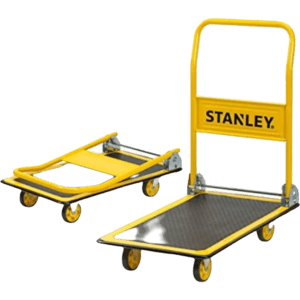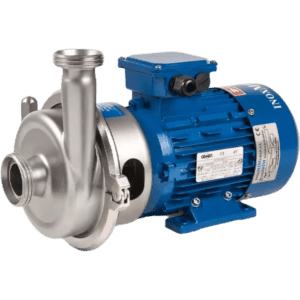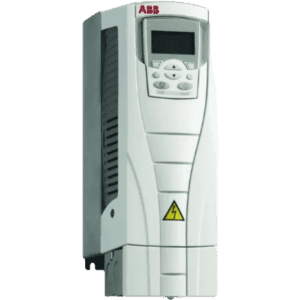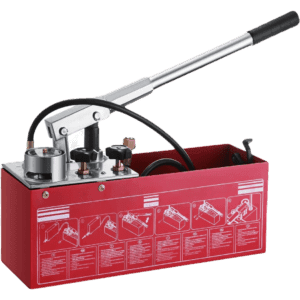Heat exchangers are devices used to efficiently transfer heat from one medium to another, commonly between fluids, without them mixing. They play a critical role in various industries, including power generation, chemical processing, oil refining, and HVAC systems, by controlling temperature regulation and improving energy efficiency. Heat exchangers come in various types such as shell-and-tube, plate, air-cooled, and finned-tube designs, each suited for different applications based on temperature, pressure, and fluid properties. Regular maintenance, including cleaning the plates or tubes and checking for leaks, is essential to keep heat exchangers working efficiently.
Key Features:
- Efficient Heat Transfer: Maximizes energy use by transferring heat between fluids.
- Variety of Designs: Includes shell-and-tube, plate, and air-cooled options.
- Durable Materials: Often made from stainless steel or copper for resistance to corrosion.
- Energy-Saving: Reduces energy consumption by improving heat recovery.
Types and Standards:
- Shell-and-Tube Heat Exchangers: Common in large-scale industrial applications.
- Plate Heat Exchangers: Compact and efficient, ideal for high-temperature or high-pressure applications.
- Air-Cooled Heat Exchangers: Used when water sources are limited.
- **ASME Code, ISO 9001: Standards for safety, performance, and quality.
Brands Available:
Alfa Laval, API Heat Transfer, SWEP, Kelvion, Danfoss.
General Maintenance:
Regularly inspect for signs of leaks or corrosion. Clean plates or tubes to prevent fouling and ensure maximum heat transfer efficiency. Check seals and gaskets for wear and replace when necessary.





